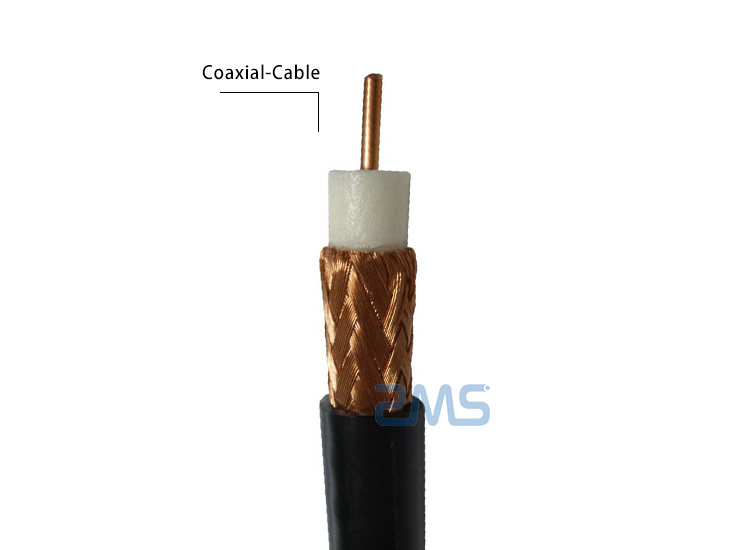
A cable isn't just the wire. The ends are also important. They're the point of contact between the wire and everything else, and if that connection isn't very good, then you'll have problems. Coaxial cables use a variety of connectors but they all have one thing in common: the center conductor of the wire forms part of the connector.
RCA connector is used for audio and video connections. The wire on the inside is soldered (you hope) to the center part of the connection. This introduces some loss and potentially some interference. With audio, and even with standard-definition video, there isn't really much to worry about because the signal isn't as complex as it is for coaxial cable, satellite, and HDTV.
For coaxial cables, the center conductor is part of the connector. It will make direct contact with the device it's connected to. Loss is kept at a minimum and the signal is as strong as it can be.
Types of coaxial connectors
The F connector is the most common for cable, satellite and HDTV uses. It uses a hexagonal, screw-on outer shell that can be tightened with a 7/16" or 11mm wrench. It can also be configured as a push-on connector, and we'll discuss the benefits of that a little later in the article.
The BNC connector is most commonly used for commercial video applications. Unlike the screw-on F connector, it uses a "push and turn" motion that makes it easy to connect and disconnect firmly without a wrench. However, its construction allows signal "leakage" in the higher frequencies. This isn't an issue for HD video or computer data transmitted locally on relatively low frequencies but it makes the BNC connector a worse choice for cable or satellite.
The N connector is not seen as commonly but it's a really beefy connector for long runs. It uses a screw-on outer connector to minimize signal leakage as well as a center shield to further isolate the cable. This connector has been in wide use for a long time and it's more common in older installations done before compression connectors became common.
ZMS Cable has a wide product scope, including Power cables up to 500kV, AAC, AAAC, ACSR conductors, ABC Cable, electric wires, instrument cable, coaxial cable, telecommunications cable, and Stay wires.